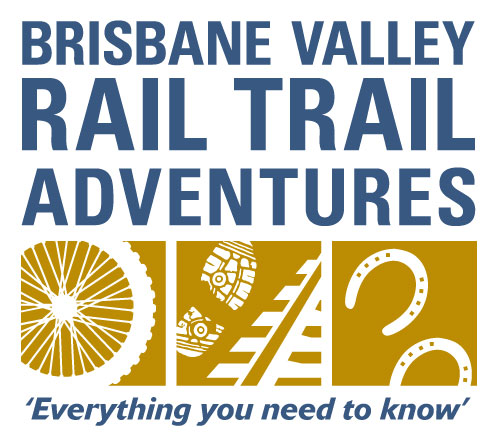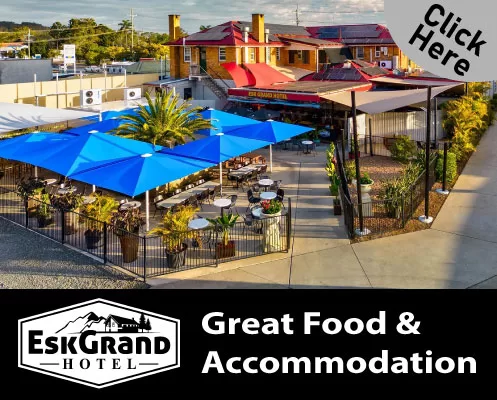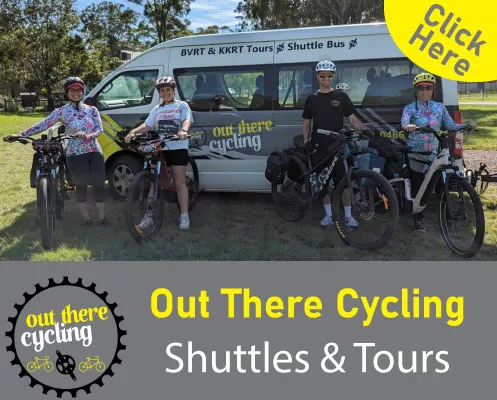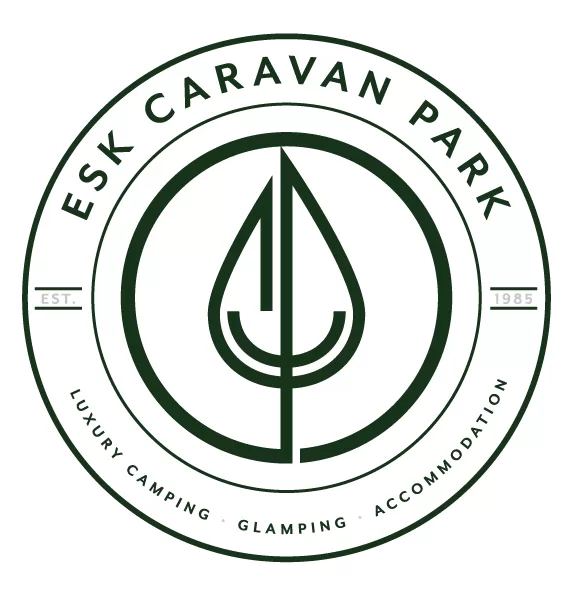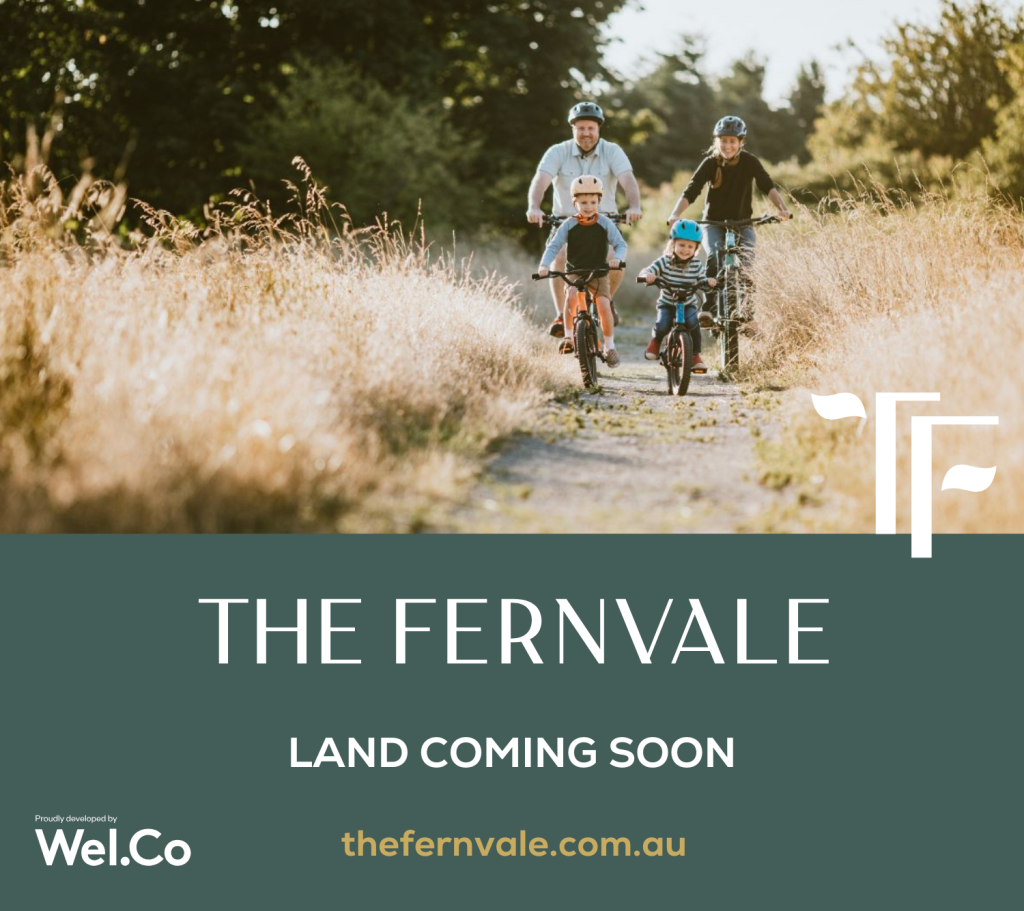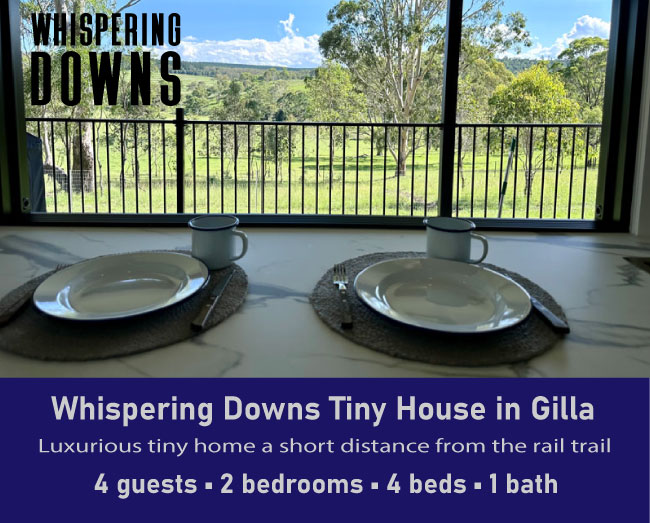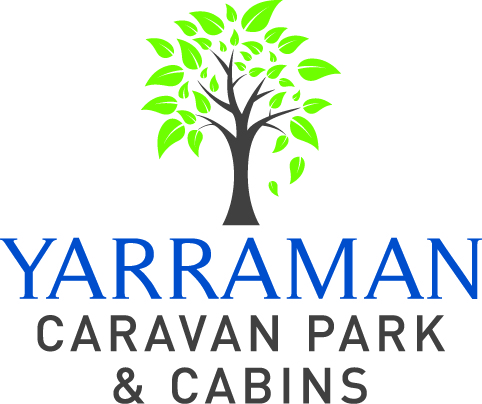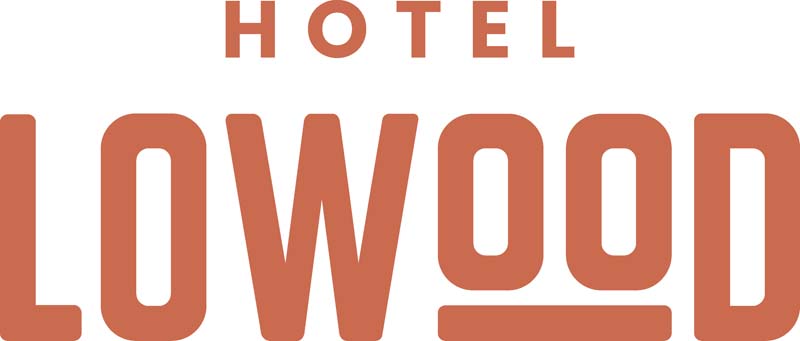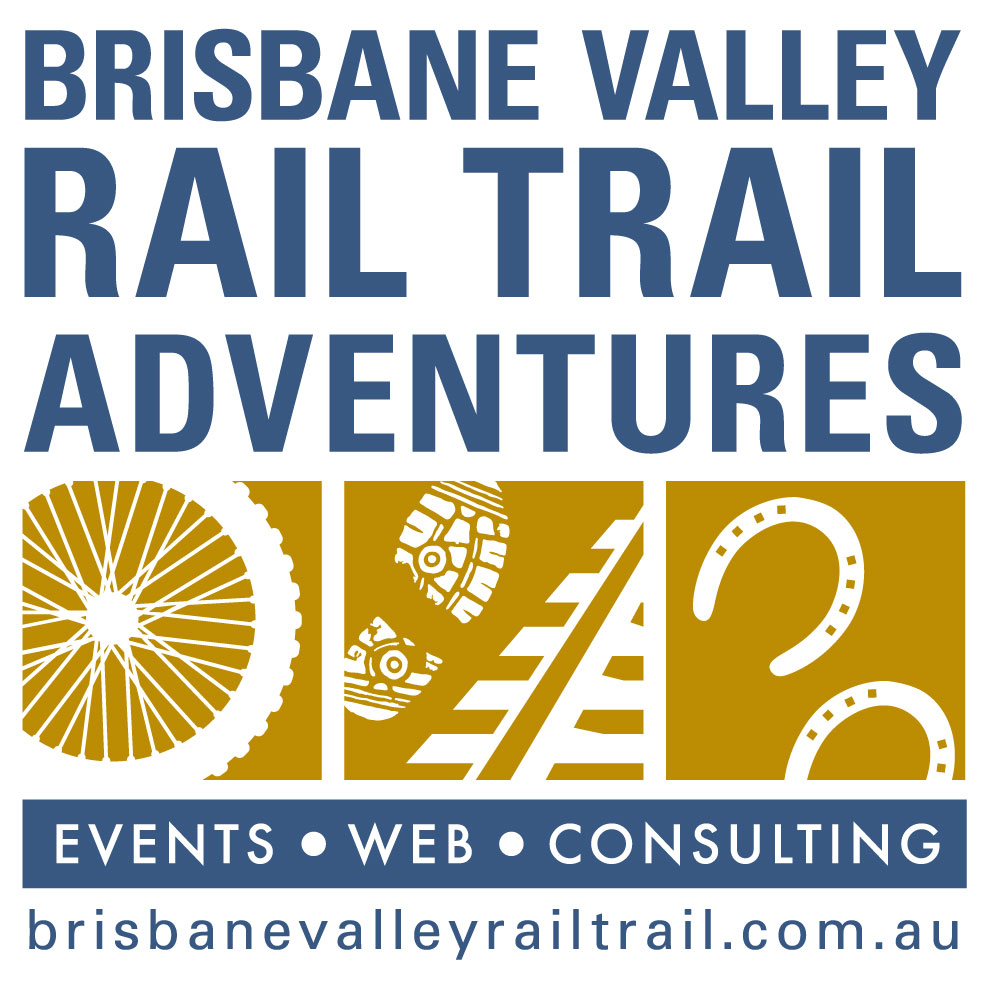When we first started campaigning for the Brisbane Valley Rail Trail in 2014, it was an act of faith. We realised that we had something special in our backyard, but little did we realise our campaigning could set off a chain reaction that would result in ~$40 million being spent on it over the past 10 years.
The rewards in terms of visitor numbers to our region have been stunning – well beyond my wildest expectations. There are a few hikers and horse riders, but cyclists are by far the majority.
Rail trail tourists tend to fall into 4 categories.
Day Visitors – The BVRT is close to the urban population centres of SE Queensland, most of which are within about an hours travel to and from the rail trail, so we benefit from a lot of day visitors, especially at the weekends.
End to Enders – tourists who want to do the whole rail trail in one go, usually over 3 or 4 days. Hikers will take longer. Cyclists tend to want travel 40 to 50 km in a day, so they will be seeking to overnight overnight in Linville or Moore on Day 1, Toogoolawah or Esk on Day 2, and Lowood if taking 4 days.
Family holidayers – Some BVRT tourists will be looking to stay in one location and do day excursions from there, usually with family and friends. The adventure cyclists – they will usually be seeking to test their limits by cycling the entire length of the rail trail in one day.
From a tourism perspective, cyclists are the ideal type of visitor. They can’t carry much with them, so they tend to rely on local accommodation providers and catering establishments. Cycle tourism can also act as an enabler for other tourism sectors, such as catering, accommodation, caravan parks and camping. It can help to lift the overall tourism market for our region.
However, we need to be aware that we’re competing with other locations, such as the Otago Trail in New Zealand or Blue Derby in Tasmania, that excel at catering for cycle tourism.
I’m not intending this article to be a negative report card on the performance of our tourism operators, but rather to offer some helpful suggestions on where we need to go.
We ran an informal survey on social media recently, asking a simple question:
Question: When you visit a cafe or a b & b or any other type of business whilst cycling, hiking or horse-riding in the region of the BVRT, what would enhance your experience? What would you hope to find that would really make your day?
They didn’t hold back. There were quite a few practical suggestions for things that would improve the overall experience like more water bubblers, shade shelters, town maps, etc. but the focus of this article is on tourism operators.
There were many compliments, but the responses were also interspersed with some stern criticisms about poor service, low quality food and sub-standard accommodation.
Let’s try to turn some of the negatives into positive suggestions:
- Speaking from my personal experience as a local resident, the customer service in most of our catering establishments is professional and very friendly, but we do have a few grumpy ones and they can spoil it for everyone.
It doesn’t cost anything to smile and be willing to go the extra mile. Take an interest. “Are you enjoying your day?”. “Where did you start today.” “Where are you heading?” Be super welcoming and be ready to provide well informed advice about the next stage of their BVRT journey. If you haven’t been out on the trail, then let’s see if we can organise a guided tour.
2. Good food. Tourists tend to have high expectations these days. Good food made with local and regional produce is always a winner, and be sure to flaunt that it is local.
As one respondent put it, “the best way to experience an area is to taste it”.
Even the humble bacon and egg roll can be improved with a nice fresh crusty roll, locally produced bacon and local eggs. Add a bit of aioli and a couple of lettuce leaves and bingo, for a few cents you’ve turned a drab offering into a winner. Cheapo bacon, any old eggs and a soft roll tasting of cotton wool just doesn’t cut the mustard.
Making a nice curry? Fresh ingredients are the key. Use locally produced meat for hamburgers and steaks. Local coffee too – cyclists are coffee fanatics. There’s a joke that if they had put COVID vaccine into coffee, all cyclists would have been vaccinated in a week.
Longer opening hours are also important. I know of one town in our region where if you arrive after 2.00 pm, that’s it. Nowhere to get a meal. It’s just not good enough – perhaps the local catering establishments could work together to ensure at least one of them is open and able to offer meals.
It’s not food, but bike racks are essential. Modern bicycles can be expensive. Bike racks should be located somewhere cyclists can hang their bike in plain sight of where they will be eating. I know one café that has placed flowerpots against the locations where cyclist could have leaned their bikes. Cyclists mostly give it a miss.
3. Cycle friendly accommodation. Some people like camping and being self-sufficient, some people want luxury. We’re a bit short of the luxury here in Somerset, but it’s early days yet in the evolution of our tourism industry. We need to make the best of what we’ve got.
A clean room and clean bedding are a no brainer. If you’re catering for cyclists, a secure lockup for their bikes, electrical points for charging e-bikes, bike wash facilities and possibly even somewhere outside they can wash themselves off in wet and muddy conditions. Better they do it outside than in their room.
A good variety of breakfast options if providing bed and breakfast. Cyclists can convert carbohydrates to energy at a phenomenal rate. Provide information about the local town – where to get an evening meal and so on.
If your accommodation is a bit of a distance from the rail trail, then why not offer free a pickup and return service to and from the rail trail?
I’ve focussed on cycle tourism because cyclists represent about 85% of the market, but much of what I’ve written applies to hikers and trail runners as well. Horse riders have additional needs such as yards, horse feed, and water troughs for their horses.
As a business operator, you get out of the BVRT what you put into it. There are some businesses that do most of this really well, but for the Brisbane Valley Rail Trail to be a world class tourism destination, we all need to work at it.
If you’re operating a business that caters for rail trail tourism, ask yourself, what do my customers need? Perhaps seek feedback from them.
As one person commented. “People do the trail for an experience, and businesses along the trail can attract those tourists/travellers by catering for their wants and needs.”
There’s plenty of room for growth in the Brisbane Valley Rail Trail tourism sector and the Queensland Government is investing significantly in marketing for the rail trail.
I remember writing in the past that the Brisbane Valley Rail Trail is paved with gold. It was a grandiose claim at the time, but it’s turned out to be true.
Like all good things in life, you need to work hard to get it.
Paul Heymans, President
Brisbane Valley Rail Trail Users Association
